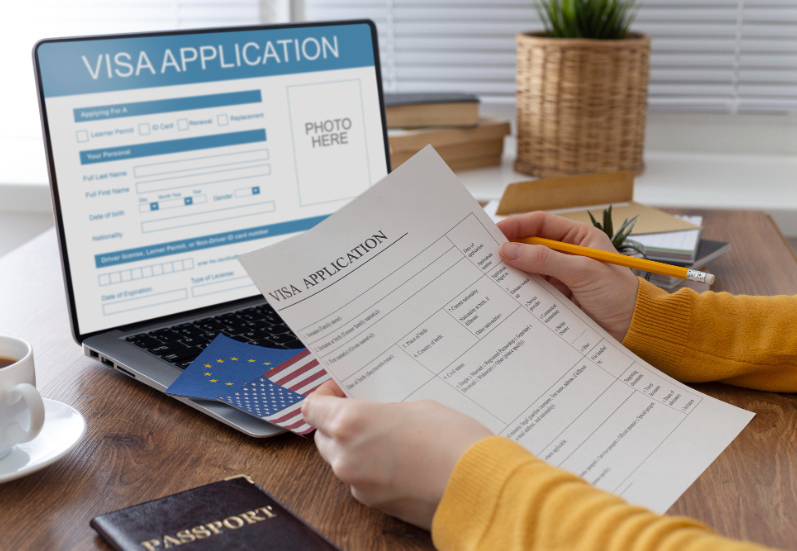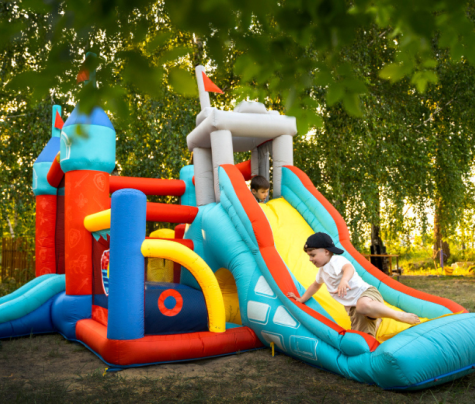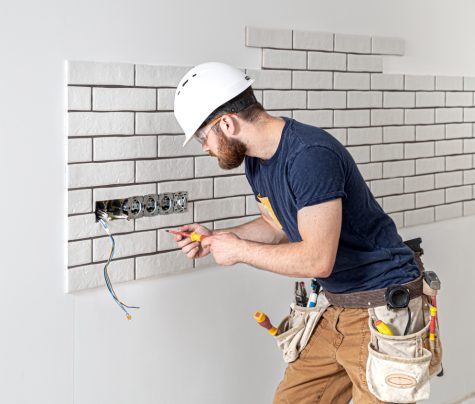
So here’s the thing—getting a fiancé visa (the K-1) isn’t just a line on paper. It’s the way someone in the U.S. can bring their partner here so they can actually get married instead of doing the long-distance thing forever.
Once it’s approved, there’s this 90–day countdown to the wedding. Miss that? Big trouble. Only after marriage can the foreign fiancé start the whole “green card” process.
If you’re in Vegas (or anywhere, really), a Las Vegas immigration lawyer for K-1 fiancé visas who handles these cases can explain every boring detail. But before calling one, it helps to know the main steps.
In this article, I will explain the following things:
- What is the K-1 fiancé visa?
- What documents are needed for a fiance visa?
- Eligibility criteria and common challenges of such a visa.
Additionally, I will also explain why it is so important to have a lawyer by your side. So, if these are some of the things that you want to know, keep on reading this article till the end…
What Is The K-1 Fiancé Visa?
As you can already understand, the Fiancé (K-1) Visa is a non-immigrant visa that lets the fiancé who is living outside the U.S and is a foreign citizen come to the United States in order to marry a U.S. citizen.
According to the U.S. Department of State, this visa “permits the foreign-citizen fiancé(e) to travel to the United States and marry his or her U.S. citizen sponsor within 90 days of arrival.”
Once the wedding is done, the immigrant citizen will be able to file an application (Petition for Alien Fiancé(e), Form I-129F) for a green card, which will make them a lawful permanent U.S. resident.
What Documents Are Needed For A Fiance Visa?
As a foreign-citizen fiancé(e), there are a few things that you need to bring along when you file for the K-1 Visa application. Having these documents is extremely important for you to have a smoother process.
Here are the documents needed for a fiance visa:
- You must complete Form DS-160 and print the confirmation page to bring to your interview.
- A valid passport for travel to the United States with a validity date at least six months beyond the intended period of stay in the U.S. (except for country-specific agreements which provide exemptions).
- Birth certificate
- Death certificate or Divorce certificate of your previous spouse (if any).
- Police certificates from your current country of residence and every country where you have been for six months or more since the age of 16 (Police certificates are also required for accompanying children aged 16 or older)
- Medical examination (vaccinations are optional, see below)
- Proof of financial support (Form I-134, Affidavit of Support, may be requested)
- Two (2) 2×2 photographs. See the required photo format detailed in Photograph Requirements
- Proof of the relationship with your U.S. citizen fiance.
According to the official government platform, the consular officer might ask for additional information that would work as stronger proof of the relationship between you and your partner.
Additionally, suppose the documents are in a language other than English or the official language of the country you are applying from. In that case, English translations that are certified must be attached. The translated copy shall have a declaration signed by the translator which states that:
- The translation is true to the original, and
- The translator is qualified for the job.
What Is The Eligibility Requirement For A Fiance Visa?
Alright—first rule. The U.S. half of the couple has to be a citizen, not just someone with a green card. And both people have to be legally free to marry (so no secret divorces still pending).
Another thing: the government wants proof this isn’t just paperwork. That usually means you’ve seen each other in person at least once in the past two years. Not always, but exceptions are rare.
And yes, they want evidence. Photos together, flight tickets, even texts or call logs. Think of it like proving your love story with receipts.
How To File For The Petition?
Everything starts with one form: I-129F. The U.S. citizen fills it out and ships it off to USCIS. That’s where you basically say, “Yep, this is real, we’re getting married.”
If it passes, the petition hops over to the National Visa Center, then eventually the U.S. embassy or consulate in your partner’s country. This stage? It drags if anything’s missing. Seriously—one typo can stall the whole thing for months.
How Does The Embassy Interview Work?
Next comes the part nobody likes—the interview. The foreign fiancé fills out DS-160 and shows up at the embassy. Imagine a mix between a job interview and a relationship quiz. The officer’s job is to figure out if you’re for real.
Bring proof. Messages, photos, maybe even the wedding plans if you’ve started booking stuff. Oh, and you’ll need a medical exam plus police certificates. So yeah, not exactly romantic, but it’s required.
Can You Enter The United States After Getting The K-1 Visa?
Once the visa’s stamped, the fiancé has six months to fly in. But here’s the kicker: once they land, the couple has 90 days to marry. That’s it. Miss the deadline, and the foreign partner could be told to leave.
If the marriage happens in time, then comes the adjustment of status—the road toward a green card. At that point, the spouse can also apply for work authorization. Down the line, maybe even citizenship if they want.
Read Also: How Immigration Lawyers Can Assist with EB3 Green Card Petitions?
What Are The Common Challenges With The K-1 Fiance Visa?
It sounds neat and tidy written out, but real life? Not so much. Delays are everywhere—lost paperwork, security checks, and old immigration mistakes. Even a minor record can throw a wrench in.
And then there’s the dreaded RFE (Request for Evidence). That’s USCIS saying, “Hmm, not convinced, send more stuff.” Couples who keep everything—screenshots, receipts, all that—are in better shape when this happens.
Another issue? Proving the relationship is real if you haven’t spent much time together in person. In that case, things like wedding plans, joint accounts, or daily communication logs can really help.
Get The Right Help That You Need!
The K-1 visa gives couples the chance to finally start their lives together in the U.S., but man, it’s not for the faint of heart. It takes patience, mountains of documents, and nerves of steel.
If you know the rules, stay on top of deadlines, and brace for setbacks, it’s doable. With persistence (and sometimes a good lawyer’s help), the paperwork turns into something bigger—a life built together instead of across borders.










0 Reply
No comments yet.